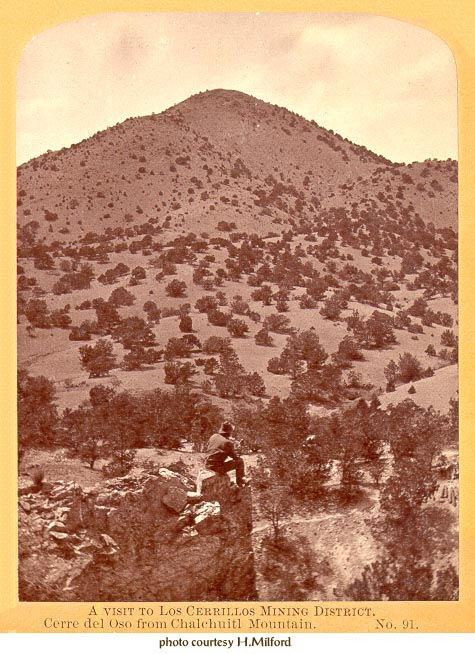Early Turquoise Mining in New Mexico. Part One.
- Nov 2, 2020
- 2 min read
Updated: Nov 3, 2020
The first turquoise mine to be documented by a Euro American was Mount Chalchuhuitl located in the Cerrillos Hills south of Santa Fe. It was August of 1857 when a young geologist named William Phipps Blake who was attached to the Beale Camel Brigade scouting the Southwest for a route for an east-west wagon and railroad, broke away from the expedition at Albuquerque, due to poor health, and traveled to Santa Fe to do some geological work on his own.


While staying at the Exchange Hotel (where La Fonda now stands), he would visit the Navajo and Pueblo vendors selling weavings under the portal at the Palace of the Governors. Often, they would be wearing strange blue-green stone ornaments which caught Blake's attention. Upon inquiry, they said it came from the hills not far south of Santa Fe. He soon engaged local Hispanic ranchers as guides and visited the site. In the hills they soon came upon a large excavation into the sides of a small hill which had obviously been executed by human hands in the search for the blue-green stone. In 1858 Blake published an account of the visit in the "American Journal of Science" which would bring the Native American turquoise mine some notoriety, but the stone was only considered a curiosity because at this time the demand was for the robin's egg blue stones with no matrix produced by the ancient Persian Mines of Iran.
In 1879, Silver was discovered in the Cerrillos Hills leading to a rush into the area. The land containing Mount Chalchihuitl had been acquired as the Cash Entry Patent by Santa Fe dentist Enos Andrews in 1872 but by 1880 a New York promoter named D.C.Hyde had leased the site and was promoting the property as a gold mining venture with the turquoise mine presented mostly as a tourist and prospective stock buyer curiosity. Gold was not discovered and the property was only minimally developed. Close by, the Cash Entry lead mine became one of the most successful operations in the Cerrillos Hills, but lead is a toxic mineral and even today the residue presents a problem. Santa Fe County has long wanted to integrate the historic property into the Cerrillos Hills Park but reclamation costs and other complications have kept that from happening. Today Chalchihuitl is located on private property behind locked gates but tours are available through the Casa Grande Trading Post/Cerrillos Turquoise Mining Museum located in the town of Cerrillos.



A Turquoise of New Mexico segment including Mount Chalchihuitl is scheduled for this coming Fall/Winter on the 21st Century Stone Age NM PBS series... Adventure Geology, 21st Century Stone Age Series.| The Great American Turquoise Rush 1890-1910 contains the complete history of the early turquoise mines in the US, including New Mexico, Arizona, Nevada and California.
Philip Chambless


Comments